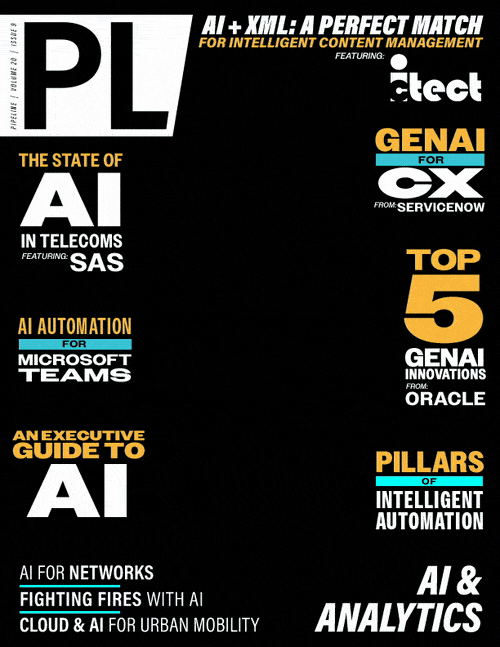Pillars of IA – The Value of
Intelligent Automation
For example, global insurer Allianz Group successfully implemented a unified automation platform to streamline operations across its 70 countries, supporting 126 million customers. By integrating RPA with optical character recognition and natural language understanding, Allianz optimized high-volume processes in underwriting, pricing, finance, and IT, reclaiming 10,000 hours per month for its employees. This success was achieved through a combination of starting small, investing in people, and establishing robust governance and change management frameworks.
Another example is Zurich Insurance Group, which used IA to unify and streamline its claims processing, document management, and customer service operations. By consolidating over 120 processes onto a single platform, Zurich was able to process three million transactions more efficiently, freeing up frontline staff to focus on higher-value customer interactions.
The benefits of a unified automation platform extend beyond operational efficiency. They also enhance compliance and risk management by ensuring that processes are standardized, monitored, and optimized across the entire organization. This reduces the likelihood of errors, ensures consistent customer experiences, and mitigates regulatory risks.
Pillar 3: Digital Twins and Process Mining
The use of digital twins and process mining is a key pillar in optimizing business processes. Digital twins are virtual models that replicate real-world processes, allowing organizations to monitor, analyze, and improve their operations in real time. When combined with process mining — a technique that involves analyzing data from enterprise systems to discover, monitor, and improve real processes — digital twins can become a powerful tool for driving business transformation.
Digital twins and process mining are critical for identifying inefficiencies and uncovering opportunities for automation. Process mining concentrates on the broader view of end-to-end business operations. It seeks to discover, monitor, and improve the entire sequence of activities and interactions within an organization, including the way tasks are connected and how data flows through the processes. This data-driven approach eliminates the guesswork traditionally associated with process optimization, enabling organizations to make informed decisions about where to apply automation for maximum input.
The integration of digital twins and process mining into a unified IA platform enables a holistic view of business operations. For instance, a Fortune 100 financial services firm used process mining to monitor investor compliance onboarding. By automating the analysis of 100 percent of transactions, the firm was able to save $2 million annually and significantly improve compliance.
In the telecommunications sector, where companies manage vast physical and digital footprints across the globe, process mining is invaluable for preventing issues before they arise. By analyzing billing disputes, payment processing, and other critical tasks, businesses can identify inefficiencies early and implement automation to resolve them quickly.
The future of digital twins in IA is promising. As ML and AI technologies advance, digital twins will become even more sophisticated, capable of predicting future outcomes and autonomously optimizing processes. This will further enhance the agility and resilience of organizations, enabling them to adapt to changing market conditions and customer demands with greater speed and precision.
The Future of Intelligent Automation
As tools become more intuitive, the barrier to entry for automation will continue to lower, enabling more people to contribute to automation projects without needing deep technical expertise. The democratization of IA will accelerate its adoption across industries and empower organizations to harness the full potential of automation.
The focus on IA is also growing in academia. Universities and colleges are increasingly incorporating automation, BPM, and AI into their curricula, preparing the next generation of professionals for the demands of a digital-first world. IA is no longer just a tool for improving operational efficiency — it is a strategic asset that can drive business transformation and create a competitive advantage. By embracing the pillars of IA, organizations can navigate the complexities of the digital age and position themselves for long-term success. The future of IA is bright, and those who embrace it today will be the champions of tomorrow.



















